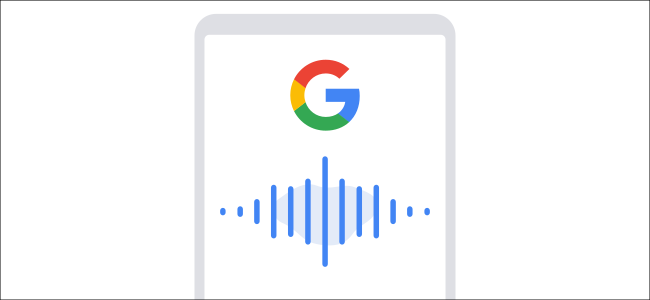Key Points :
- Hum to search is triggered when the users ask Google Assistant “What is this song?” and then proceed to perform parts of the tune to one’s best abilities. After the user is done, Google will present actual songs based on a percentage match score which it thinks comes closest to the user’s performance.
- Hum to search is now live on both Android and iOS Google Search apps and supports more than 20 languages.
- Google’s algorithms can also strip away musical instruments, as well as the timbre and tone of the singer’s voice in order to rely on the actual numeric sequence in the song matching process.
The latest addition to Google Search for mobiles can understand the user’s humming, whistling and singing to identify songs. Hum to search is triggered when the users ask Google Assistant “What is this song?” and then proceed to perform parts of the tune to one’s best abilities. After the user is done, Google will present actual songs based on a percentage match score which it thinks comes closest to the user’s performance.Hum to search is now live on both Android and iOS Google Search apps and supports more than 20 languages.
Google claims its machine learning algorithms transforms the audio input into a number-based sequence which it then matches to other song melodies and tries to find the closest one. The model was trained with several sources with actual users singing, humming and whistling in addition to real studio recordings. Google’s algorithms can also strip away musical instruments, as well as the timbre and tone of the singer’s voice in order to rely on the actual numeric sequence in the song matching process.
Google announced the new feature through a tweet which stated,”Do you know that song that goes, “da na na na na do do?” We bet Google Search does.
Next time a song is stuck in your head, just #HumToSearch into the Google app and we’ll identify the song. Perfect pitch not required” and attested a video with the tweet to announce the feature.

